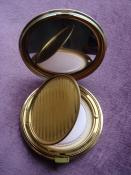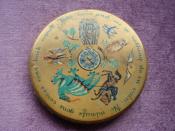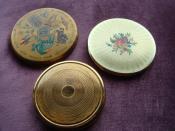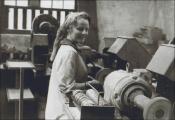Search the Collection
Use the check boxes to narrow your search2 records were found.
VN012 Myfi Powell Jones, Corset Factory, Caernarfon
Myfi worked in the Corset Factory from the age of 15, immediately after leaving school. Her mother wanted her to go to college but Myfi liked sewing and was eager to get to work, so she and a friend went down to the factory to ask for work behind her mother's back. They both got the job but the managers had to separate them because they talked too much! Myfi began in the factory making ends, ie, finishing the corsets and then moved on to the stitching, where she excelled because she was very quick. She felt important as she earned one pound 10 shillings a week and could help support the family and pay the rent. There were 144 working there when she started in 1956 and this went down to under 50 aftewards, because fewer women wore corsets, and she was lucky to keep her job. The factory changed then to making bra slips. She married in 1959 and left to have her first child in 1960, returning to sewing work in Laura Ashley, Caernarfon, in the 1970s or 1980s.VN022 Megan Owen, James Kaylor Compacts, Caernarfon
Megan worked for twenty years in the compact factory, starting at age 15. She hadn't left school properly when she started, but a friend who'd passed a scholarship to go to grammar school didn't want to go and this friend told Megan they were looking for people in the compact factory. So the two went down, got a job, and Megan had a row off her mother afterwards. She said on the first day they went in like schoolgirls, with little white socks and pony tails, giggling and not knowing what to do. The younger girls were put together in a room and taught how to put the little round piece that held the powder into the compacts and then the satin around it. Later she was moved onto to do other jobs, like printing, putting the designs onto the compacts with paint. Megan left for 12 years to raise her daughter, and then returned to the factory and stayed until it closed , c 1984.Part of this interview is available as an audio file




